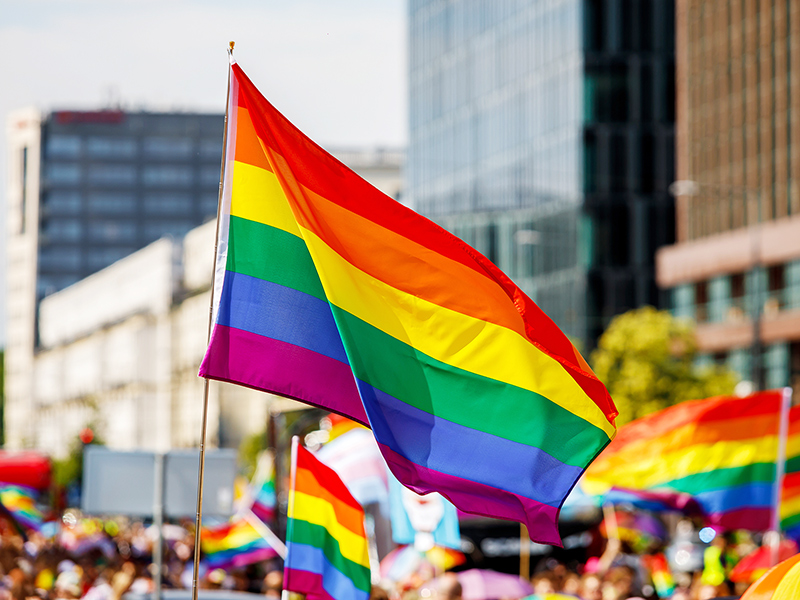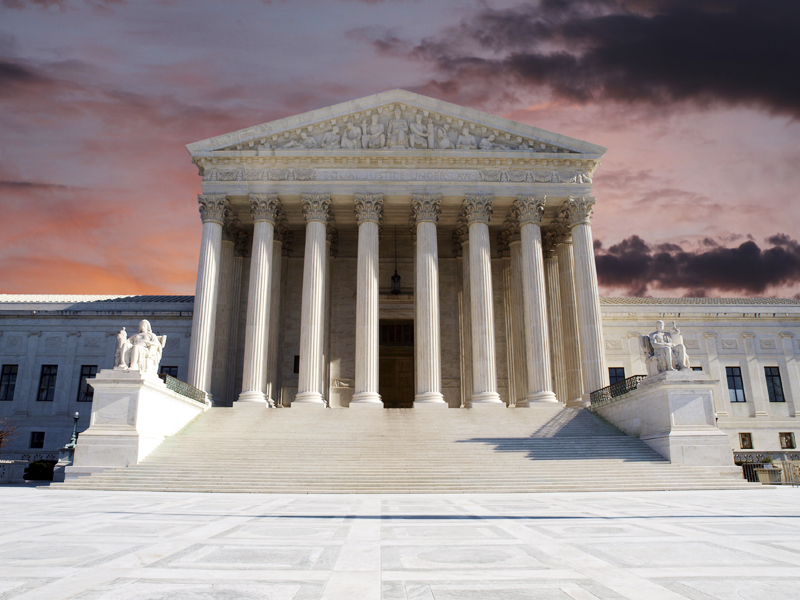
Photo by pat138241 on iStock
Authors
-
Kelly Scott
Former Manager, Human Rights, BSR
-
Jiajia Chen
Former Associate, Human Rights, BSR
-
Miwa Naito
Former Manager, Human Rights, BSR
Key Points
- Awareness and understanding of cultural nuances and sensitivities in different regions, such as the Asia-Pacific (APAC), is crucial to the success of DEI work.
- Effective implementation of a long-term DEI strategy can include DEI assessments, landscape analysis and research, awareness raising and capacity building, and setting goals and KPIs.
- Companies successful in their DEI work in APAC, no matter where they are in their journey, share several key commonalities, from senior buy-in to employee engagement.
- There is no one-size-fits-all methodology for instilling or socializing diversity, equity, and inclusion (DEI) across different regional and global contexts. For this reason, awareness of cultural nuances and sensitivities is crucial to the success of DEI work, including in the Asia-Pacific (APAC) region.
Since 2020, BSR has worked closely with our APAC member companies by tailoring existing approaches to identify goals, build strategies, and assess progress using metrics as part of a wide range of DEI consulting projects. Through our partnership approach, BSR works with APAC companies, mostly at the nascent stage of their journeys, to embed DEI across their businesses and corporate culture, as well as global member companies by applying local and context-specific approaches to DEI in their operations throughout the region.
As social norms, cultural nuances, and evolving legal and regulatory frameworks shape DEI priorities in APAC, companies operating in this region can take several key steps to successfully implement a long-term strategy for DEI. Based on our experience, we recommend a combination of the below:
DEI Assessments
Before setting an ambitious long-term vision and mission, a company can undertake a DEI assessment to understand and evaluate its current efforts to promote DEI internally, while identifying opportunities for further engagement. An assessment may include a review of the level of DEI initiatives already in place, corporate commitments from the top, current policies and practices, and stakeholder and employee engagement. An assessment of the external landscape, current trends, and peer practices is also useful as a benchmark to shape the company’s understanding of how employees and other stakeholders comprehend DEI.
Putting it into practice: Using BSR’s methodology, we conducted a DEI assessment for an APAC company who wished to evaluate the effectiveness of its DEI efforts and assess where it stood on the maturity curve, a framework that determines a company's level of maturity or the ability of a company to continuously improve in DEI. Furthermore, the assessment gauged the company’s high-level progress on DEI, i.e., determining what strategy, policies, and procedures it had in place; internal DEI governance; and the level of external reporting on DEI topics. The assessment determined that the company was at a nascent stage on the DEI maturity curve and resulted in recommendations to not only address identified gaps but also steps that they needed to take to build an established DEI program.
Landscape Analysis and Research on DEI Themes
Given the ethnic, cultural, and linguistic diversity of the APAC region, it is important to see how DEI varies in companies across different countries. Understanding regional context, as well as socioeconomic, political, and cultural nuances, can help companies better identify priorities and respond sensitively to the needs of their workforce and other stakeholders.
Putting it into practice: BSR conducted DEI landscape analyses for APAC member companies seeking to understand the DEI context of the region in which they operate. The research provided an overview of the legal and regulatory frameworks and identified priority areas of focus where they could dedicate their attention and resources.
DEI Awareness Raising and Capacity Building
As companies demonstrate their commitment to DEI by establishing and implementing relevant policies, they may wish to socialize these among their workforce and build awareness and internal capacity within their own operations and subsidiaries on an ongoing basis. Training need not only cover company policies and commitments—it can also address issues such as institutional and structural discrimination, as well as unconscious bias.
Putting it into practice: BSR developed a DEI Handbook for a global private equity firm, and in the following year, BSR updated the Handbook to provide APAC-specific context, including emerging legislative developments and cultural and social nuances, to support the firm’s portfolio companies in the region. BSR also co-led a series of webinars for APAC portfolio companies on sharing and leveraging the Handbook as a guiding resource.
Setting DEI Goals and KPIs
To support the development of a DEI strategy, it is crucial that companies set goals and targets informed by high-level aspirational visions, followed by key performance indicators (KPIs) to measure progress. A high-level vision and ambition can drive a company’s DEI efforts from the top while communicating progress internally and externally.
Putting it into practice: BSR helped APAC companies to set and refine DEI goals, followed by targets and KPIs, to monitor progress and benchmark against leading companies’ practices. BSR also supported APAC companies in developing DEI action plans as part of materiality and human rights assessments.
Our Takeaways
In our experience of working with companies in APAC, whether they are taking the first step in their DEI journey, localizing a global DEI policy, or already mature in their DEI approach, there are a few key commonalities that these companies share that have helped to pave the way for successful work.
-
Buy-in from senior leadership is key to driving DEI efforts. Companies are securing senior leadership support and buy-in as this is key to demonstrating company commitment and critical for the success of internal DEI efforts. Setting the tone from the top increases accountability while embedding nuanced DEI strategies across business departments. This also enables companies to go beyond the “ad hoc” or “nascent” stage of the DEI maturity curve toward being more established and transformational in the long term.
-
Meaningful employee engagement informs DEI priorities. DEI priorities are becoming increasingly reflective of the needs of the workforce, including the most underrepresented groups. Fostering safe dialogue with employees through regular focus group discussions and employee perception surveys can offer insights into what employees need and how companies can proactively support them.
-
Companies are seeking to take a more multi-dimensional approach to DEI. While gender equality has been a common theme for many companies in APAC, companies are beginning to include additional material topics. Where gender is concerned, companies are moving away from just increasing the number of women in senior leadership to also focusing on equity by addressing the gender pay gap.
As the momentum on DEI picks up in APAC, BSR will continue to engage companies and support ambitious targets as they mature in their DEI journey.
For more information on how BSR works with companies in APAC on DEI, please get in touch.
BSR’s latest sustainability insights and events straight to your inbox.
Topics
Let’s talk about how BSR can help you to transform your business and achieve your sustainability goals.







